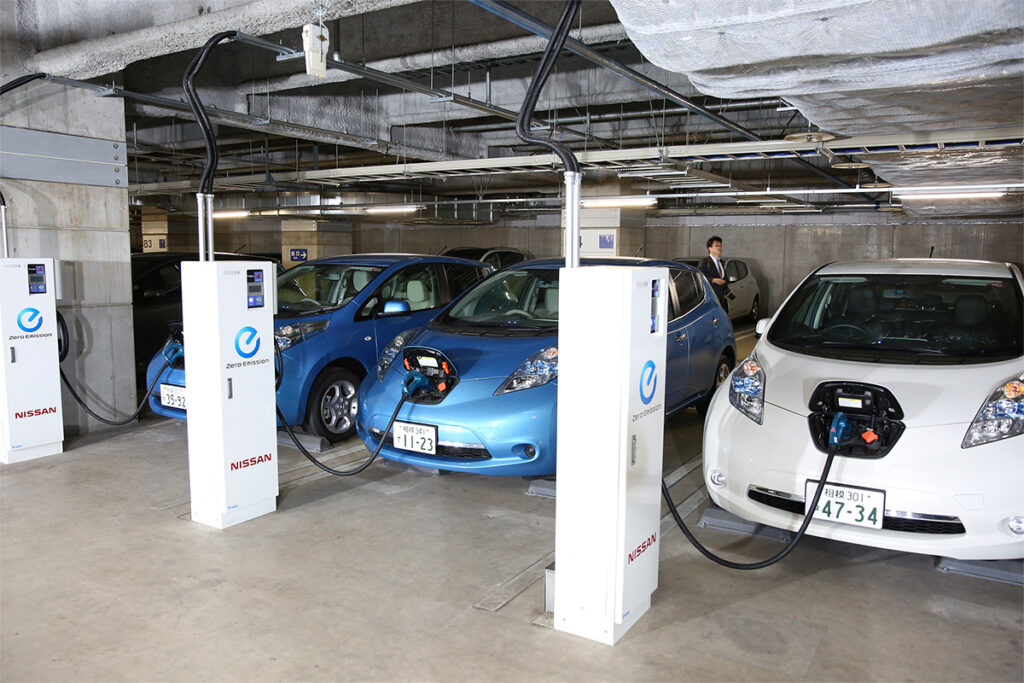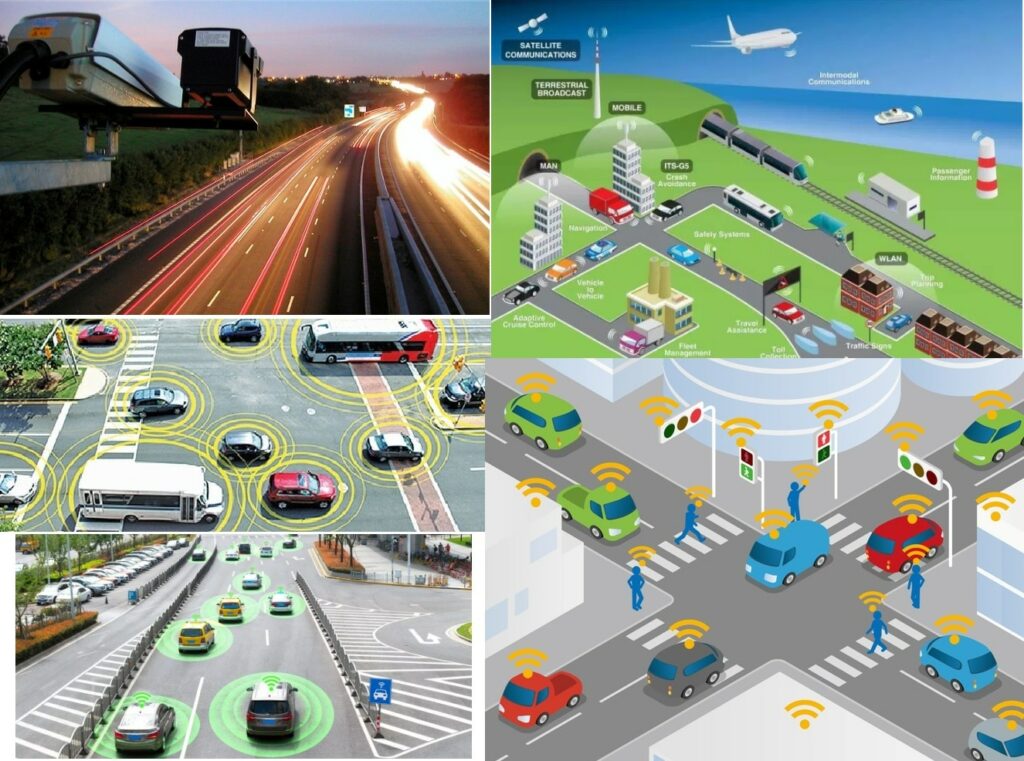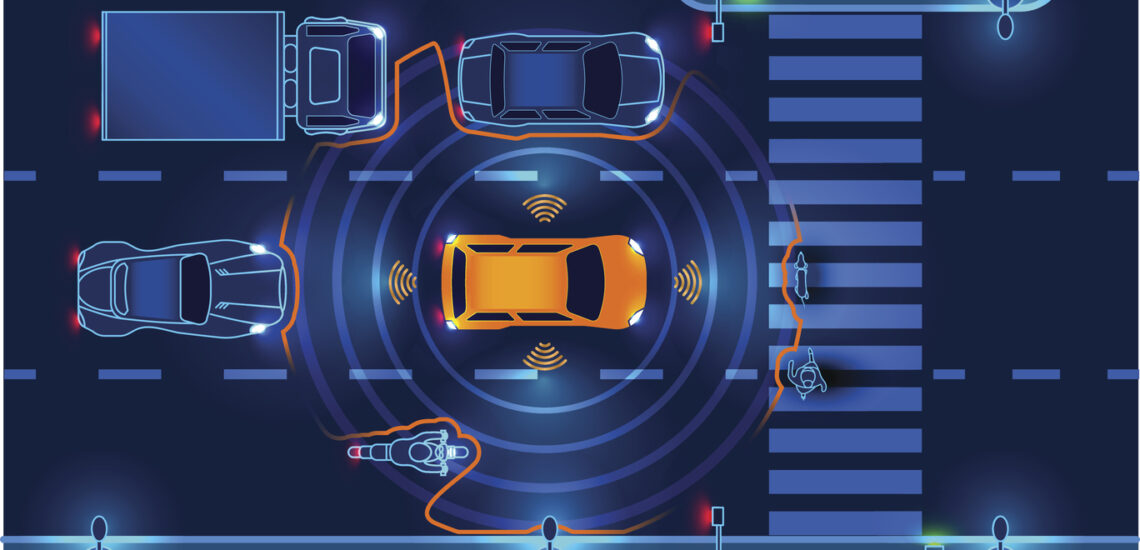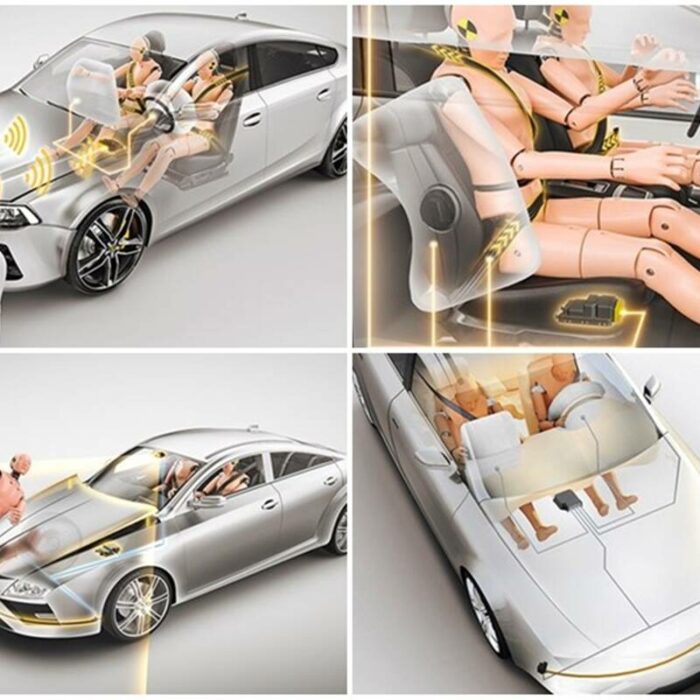El programa ITS (Sistema de Transporte Inteligente, por sus siglas en inglés) es un proyecto de Nissan, que recientemente ha sido apoyado por el gobierno japonés. Este desarrollo ya se está probando en las vías públicas de la prefectura de Kanagawa. Y una versión más avanzada, en el territorio del Centro Técnico Nissan (NTC) en Atsugi. El NTC es una ciudad dentro de una ciudad. Con sus propias calles, intersecciones y rutas de autobús: condiciones ideales para perfeccionar el ITS.
La parte básica del sistema ya homologado para vías públicas es una red de sensores ópticos que se comunican con módulos especiales instalados en los coches que participan en el experimento. El objetivo es advertir al conductor de todo tipo de sorpresas en la carretera. De una congestión de tráfico, un automóvil que se acerca por una carretera secundaria, obras en la carretera, restricciones actuales, etc. Y en las condiciones controladas del NTC, el equipo de Nissan está elaborando medidas adicionales para mejorar la seguridad de los peatones.
La costumbre de las personas de cruzar sin tener en cuenta las luces del semáforo es el principal motivo de accidentes con peatones. Los semáforos en el territorio de la NTC son siempre “verdes” para los peatones. Y “rojo” para los coches. Pero tan pronto como el automóvil se detiene antes de un paso de peatones, su sensor transmite una señal al semáforo y cambia a luz verde. Es decir, ¡la conexión entre el automóvil y la infraestructura se vuelve bidireccional!

Sin embargo, si los automóviles se mueven constantemente en modo de parada y arranque, aumentará el consumo de combustible y las emisiones de sustancias nocivas. Por lo tanto, los sensores ópticos frente a las intersecciones deben evaluar la intensidad del tráfico, y el “cerebro” del semáforo debe calcular la fase de cambio para que los automóviles que se acercan no tengan que reducir la velocidad y acelerar bruscamente.
Pero aun así, la seguridad de los peatones es una prioridad. Así, por ejemplo, se organiza una zona interactiva de control de velocidad en la entrada del “jardín de infancia” local: una señal sobre exceso de velocidad se muestra directamente en la pantalla de la computadora de a bordo del automóvil.
Como experimento, el equipo de Nissan equipa la flota de NTC con módulos interactivos y computariza su infraestructura vial. Todo es como en las carreteras de Kanagawa. ¡Aún más estricto! La HMI (interfaz hombre-máquina, por sus siglas en inglés) se complementa con nuevas funciones: si el conductor ignora un semáforo en rojo, el sistema HMI puede interferir con el proceso de control.

Finalmente, intentan solucionar el problema de los atascos en Atsugi sincronizando el funcionamiento de varios semáforos a la vez, en función de la intensidad del flujo. Y al mismo tiempo, derrotar las líneas que se forman en los giros a la derecha al salir de calles menores (en nuestro caso, estos serían giros a la izquierda). Si los nuevos elementos del ITS pasan con éxito las pruebas en el territorio de la NTC, también se permitirán en las vías públicas de la prefectura de Kanagawa. Y luego, quizás, en todo Japón.
Esta es una traducción. Puede leer el original aquí: https://www.drive.ru/technic/4efb332e00f11713001e3f17.html

Publicado Noviembre 25, 2021 • 3m para leer






